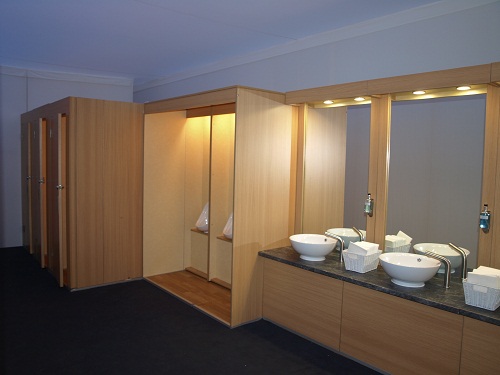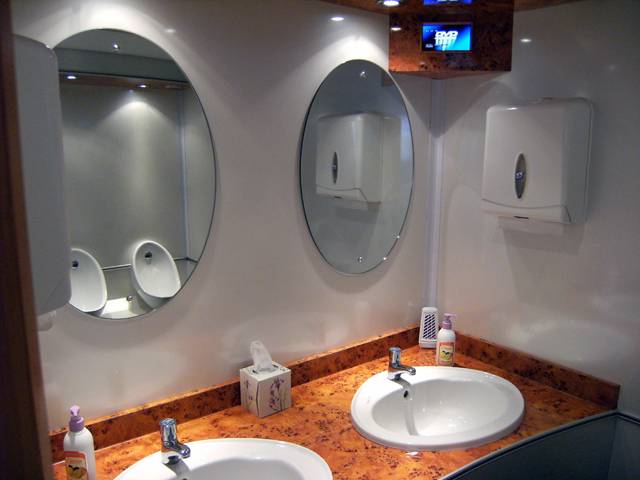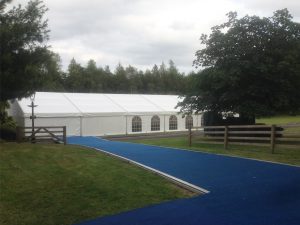Marquees have become hugely popular in Ireland in the past 10 years. Without consciously thinking it, you’ve most likely seen these tent-like structures that are used to house circuses, exhibitions and large gatherings of people in lots of different places.
It kind of feels like they’ve been around forever which begs the question; how and where did the marquee originate?
Far from being a fairly modern invention, their history can be traced back over 44,000 years to the ice age when inhabitants of the Siberian Steppe used animal pelts hung between sticks to form a simple shelter.
Now we have structures such as the huge Millennium Dome on the Thames in London, but how did the simple shelter turn into such a widespread alternative to normal construction? Well we here at Byrne Marquees will tell you just how this occurred.
From humble beginnings
As said already, the marquee has its roots in Siberia, where the people of that time created shelters from animal skins and sticks. Fast forward thousands of years, and animal skins were replaced by fabric to create a tent made from loosely woven black fabric.
These structures could be easily transported when it was time for the nomads to up sticks and move. In fact, these tents were so practical and successful that during the Arab conquests of the 8thcentury, their use spread throughout the civilised world.
To a more permanent solution
While nomads continued to use their black tents as portable homes, people in urban areas started to use fabrics to create shade over courtyards and streets. These awnings were adapted to provide shelter at theatres, and were known as velarium or velum.
The simple structures were then developed and improved over time using pre-stressed fabrics that were kept in place with cables in order to provide shelter for all kinds of special events. Known as ‘envelet’ or ‘toldos’, they were particularly popular in the Catalonia region of Spain as the nineteenth century drew to a close.
A military connection dating back to the first century BC
The fabric structure has long proved to be indispensable to armies on the march. Roman Legions were probably the first soldiers to adopt such shelters and there’s evidence to show that they used leather tents as far back as the first century BC. The Byzantine armies of the seventh century are also known to have used simple tents for shelter during their long campaigns.
The military tent is also synonymous with the standard field hospital. Designed by English Army Captain, Godfrey Rhodes in 1858, the tents weren’t much more sophisticated than those used in Roman times, and remained relatively unchanged until the second world war.
Tents gain royal approval
By the twelfth century, tents had moved on a little to become more elegant and ornate. As they increased in popularity throughout Western Europe society as a place to accommodate lavish events, they also grew larger and larger, and became somewhat of a status symbol.
By 1770, we saw the first purpose built circus tent, which was erected at Westminster Bridge, and travelling circuses adopted the big top style tent for their performances. In fact, they became so popular that a company called Stromeyer and Co. started making circus tents in 1872, and have been accredited with the advances in the development of marquees since that date.
Present day marquees
Today the fabric structures industry has made innovative inroads into developing reliable fabrics and new structural design techniques in order to make bigger and more impressive structures. In addition to the standard marquees that are used to house exhibitions and large functions, these companies can now create complex structures such as the fabric roof of the Hajj Terminal at Jeddah Airport and the amazing Millennium Dome in London, which is 320 metres in diameter.
To conclude, we can safely say that the tent has grown from a simple, basic shelter to a lavish structure that can accommodate thousands of people.














